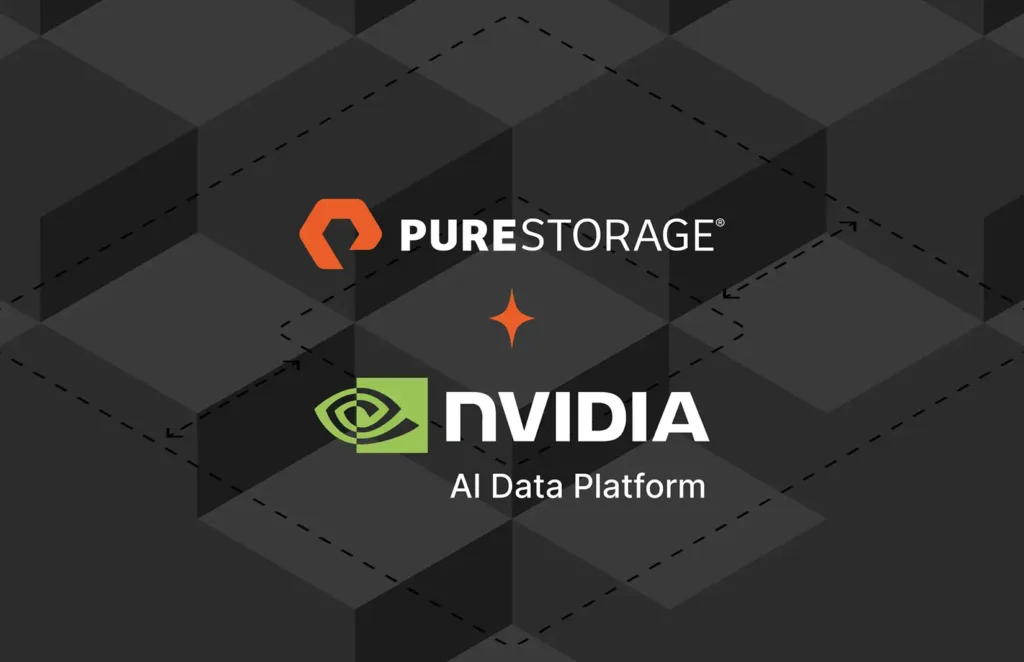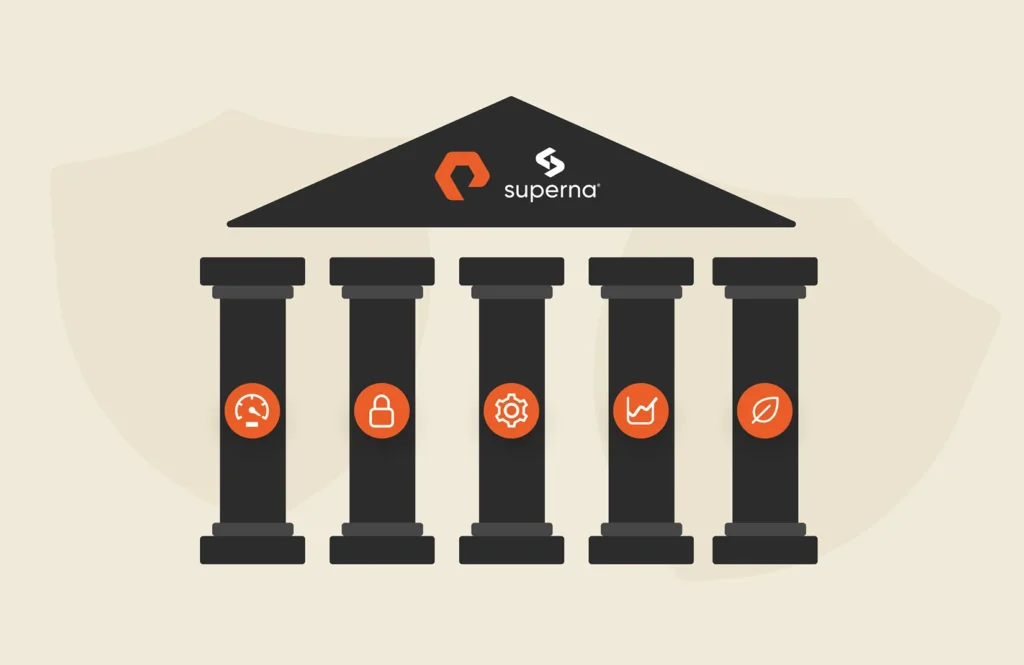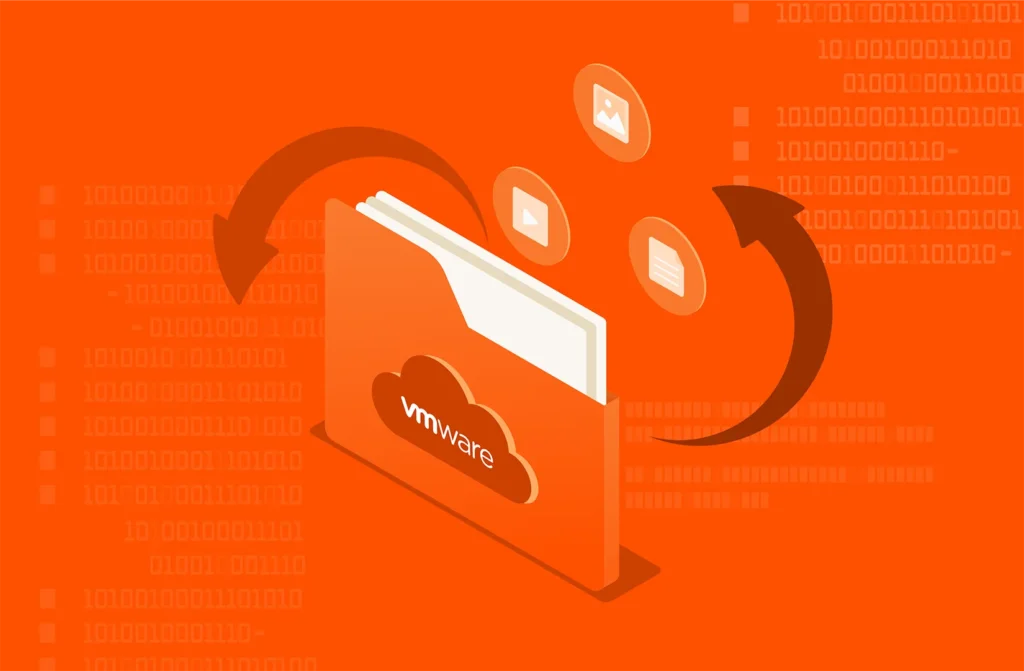Infrastructure and operations leaders have to strike a difficult balance these days. Amidst inflation and recessionary concerns, IT teams must simultaneously provide critical IT services to an organization while also focusing on strategic, high-value projects. Many feel they’re asked to “do more with less.”
Turns out, there’s a solution to not only reduce IT spend but also meet demands for critical services and strategic support from the organization: managed storage as a service (STaaS).
Here’s a look at why this move will be so helpful to IT leaders—those facing the challenges of today, and those looking to stay ahead of those of tomorrow.
Address IT Spend Where It Counts: Infrastructure Costs
Infrastructure spend adds up to on average 26% of total IT spend. Of those infrastructure costs, one-third comes from data storage technology—roughly 9% of total IT spend.
Then, there are the professionals who manage that infrastructure. Database or storage administrators are responsible for maintaining smooth, day-to-day operations. This accounts for 17% of infrastructure spending and nearly 5% of IT spend.
That’s just the “doing,” what about the “doing more?” These storage professionals are also directly involved with medium- and longer-term, executive-driven IT initiatives. But getting bogged down with complexity, support, and maintenance keeps their plates full.
Giving them more time back on an operational level reduces cost while also making them available for these broader initiatives.
The Operational Benefits of STaaS
Gartner estimates that in addition to the financial benefits, STaaS can provide significant operational improvements. This is how we give professionals creative time back and empower IT to make more strategic contributions, by:
- Reducing support and maintenance costs by up to 30%.
- Optimizing storage asset costs by minimizing idle capacity.
- Increasing productivity by 100% to 200% across IT administrative activities, such as hardware administration and support.

Figure 1: Cost benefits of using STaaS vs. a traditional storage model.
How to Make the Move to STaaS
If you’re feeling the “do more with less” pinch, start with your infrastructure—but know decisions made for budgetary reasons can also be strategic. Leveraging STaaS and redirecting IT resources for more speed, agility, and strategic projects can result in tangible and material impact to the organization.
To help you make the decision right the first time, the report recommends procurement leaders and I&O leaders:
- Determine which workloads to replace with STaaS today and in the coming year.
- Determine which vendor SLAs reduce and sustain cost optimization levels over the life of the asset.
- Identify the top three storage vendors that meet minimum SLA requirements.
- Identify vendor technologies that guarantee SLAs, such as AIOps software features and automation capabilities.
Learn how Pure’s Evergreen//One™ helps customers with their STaaS strategy.






